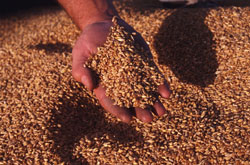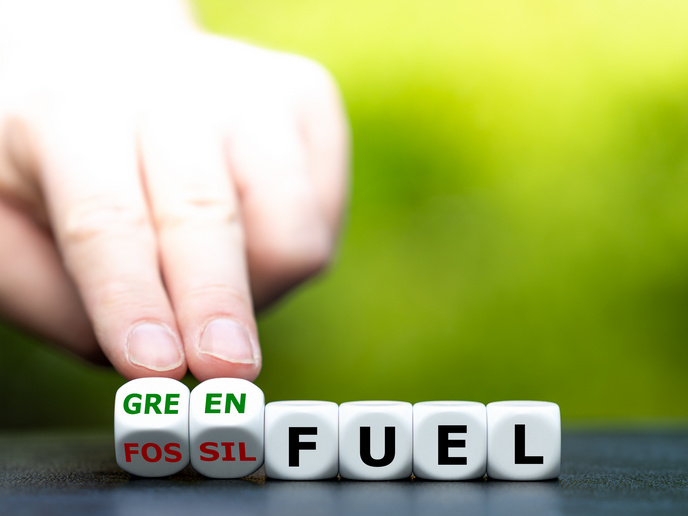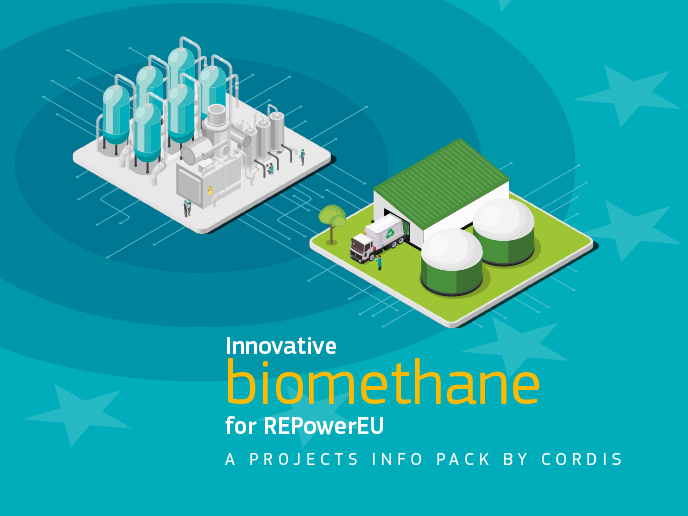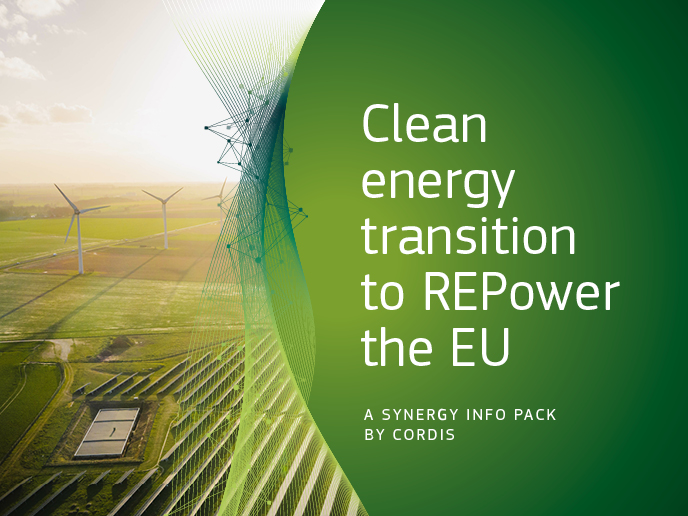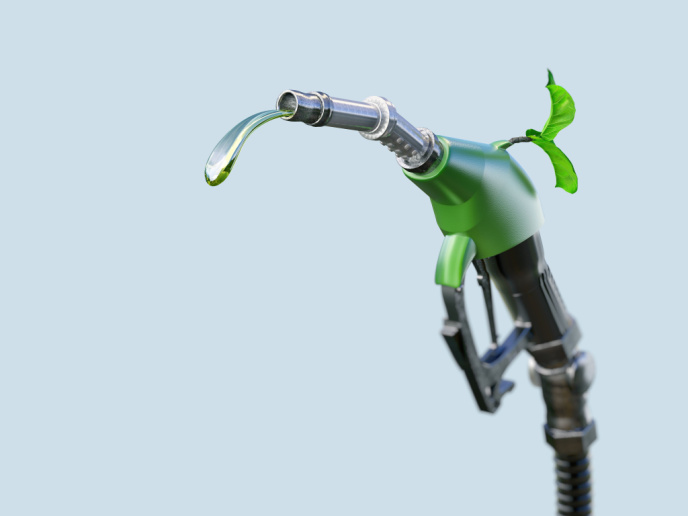Determining the elemental composition of solid biofuel
A wide variety of materials are classified as solid biofuel. These range from natural materials, such as tree bark or straw, to materials of anthropogenic origin like solid waste. Elements contained within these different types of biofuels can cause a number of problems when the biofuel is consumed in power plants. These include slag formation, corrosion and harmful emissions to the atmosphere. Hence there is a need to quantify the amounts of both the major (e.g. calcium, phosphorus, silicon, etc.) and minor (arsenic, mercury, lead, etc.) elements in biofuel prior to consumption. The Austrian Research Institute for Chemistry and Technology (OFI) set out to define a harmonised approach to quantification, which currently does not exist at the European level. OFI highlighted the need to avoid using mills made from the elements of interest (e.g. nickel) in order to prevent contamination during sample preparation. The biofuels should be milled down to a particle size of one millimetre or less. Next all samples must be decomposed via wet digestion with a combination of acids: hydrogen peroxide, nitric acid, hydrofluoric acid and boric acid. OFI then compared several different elemental analysis methods. Atomic Absorption Spectroscopy (AAS) and its variations, including Flame AAS (FAAS), Graphite Furnace AAS (GFAAS) and Cold Vapour AAS (CVAAS), all proved suitable for the wide range of concentrations found in natural and anthropogenic solid biofuel. OFI also identified Inductively Coupled Plasma Optical Emission Spectrometry (ICP-OES) and its counterpart ICP-MS (Mass Spectroscopy) as viable alternatives. Another common method of elemental analysis, X-ray Fluorescence Spectrometry (XRF), was deemed inappropriate due to the lack of requisite calibration standards at the time the research was carried out. OFI underscored the need to develop these standards in order to take advantage of the comparative speed of the XRF method. The guidelines laid out by OFI represent the beginnings of a Europe-wide approach to quantifying solid biofuel. This work will help promote the adoption of solid biofuel as an alternative source of energy.



